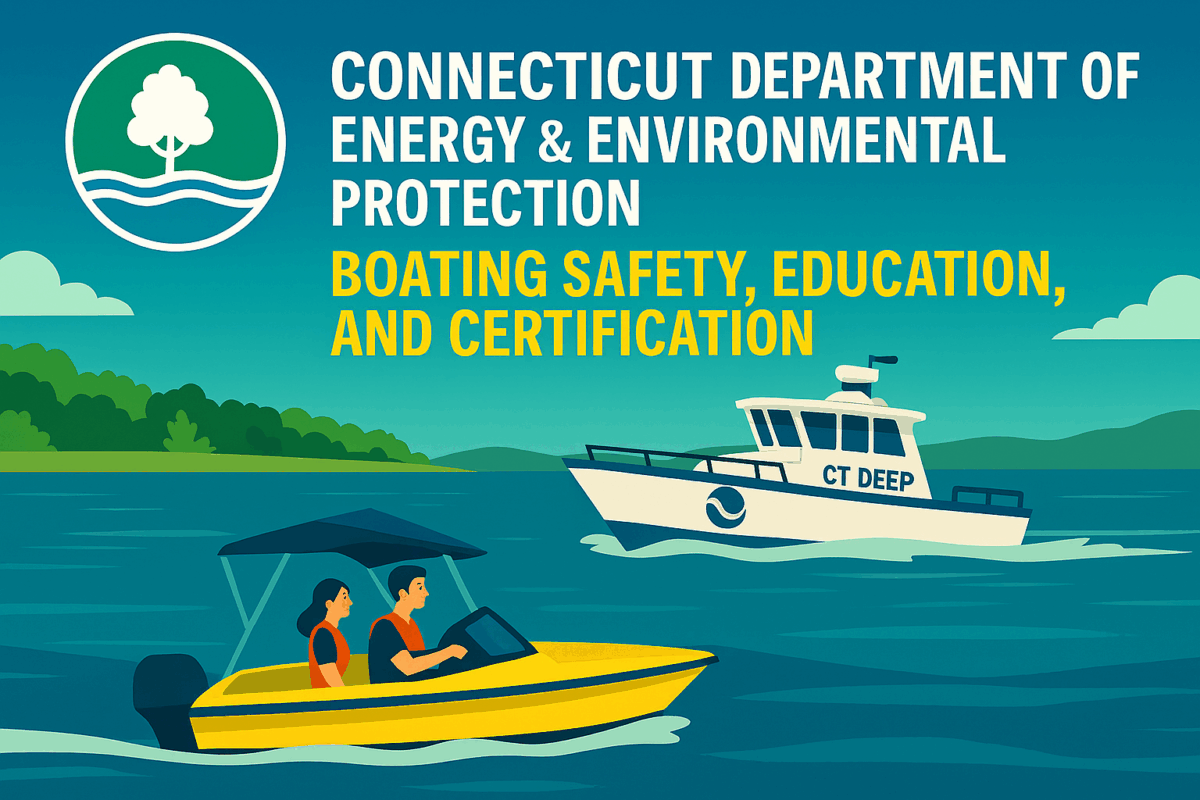Call: 1-800-832-7191

CT DEEP Slalom Course & Jump Regulations
Ensuring Safe Water Skiing in Connecticut
Water skiing is a popular activity across Connecticut’s lakes and rivers. However, safety and environmental protection must come first. The state enforces strict guidelines for slalom courses and jump installations. The CT DEEP Slalom Course & Jump Regulations help prevent accidents, protect wildlife, and preserve public access. Boaters and course operators must understand and follow these standards before setting up any structures.
The Connecticut Department of Energy and Environmental Protection (DEEP) oversees these regulations. Their goal is to balance recreation with responsible waterway management.
CT DEEP Slalom Course & Jump Regulations Overview
The CT DEEP Slalom Course & Jump Regulations outline specific requirements for site selection and setup. Water bodies must be at least 100 acres in size. Depth must exceed six feet throughout the skiing area. Courses must remain 100 feet from docks, homes, and other activity zones.ct
Environmental rules are equally important. No wetlands may exist within 200 feet of the proposed site. Bald eagle or osprey nests must not be nearby. Waterfowl nesting areas require a 300-foot buffer. Fish spawning grounds must be at least 50 feet away from any course or jump.ct
These regulations ensure that water skiing does not interfere with sensitive habitats or existing recreational use.
Application and Compliance Process
Before installing a slalom course or jump, applicants must submit a detailed safety and environmental impact statement. This document must include expert references and site-specific data. DEEP reviews each application carefully and may request additional information.
Once approved, the permit holder must follow all conditions outlined in the permit. Violations can result in revocation and removal of the structure. DEEP may also reevaluate permits if safety or environmental standards change.ct
Applicants should avoid purchasing equipment before receiving approval. This precaution helps prevent costly mistakes and ensures compliance from the start.
Promoting Awareness and Responsible Using the CT DEEP Slalom Course & Jump Regulations
Sharing the regulations helps educate boaters and marina operators. Posting guidelines at launch sites and training centers increases visibility. Instructors should include regulation summaries in safety courses and outreach events.
Social media and newsletters offer effective platforms for spreading the message. Responsible water skiing begins with knowledge and respect for the rules. By following DEEP’s standards, boaters help protect Connecticut’s waterways for future generations.
